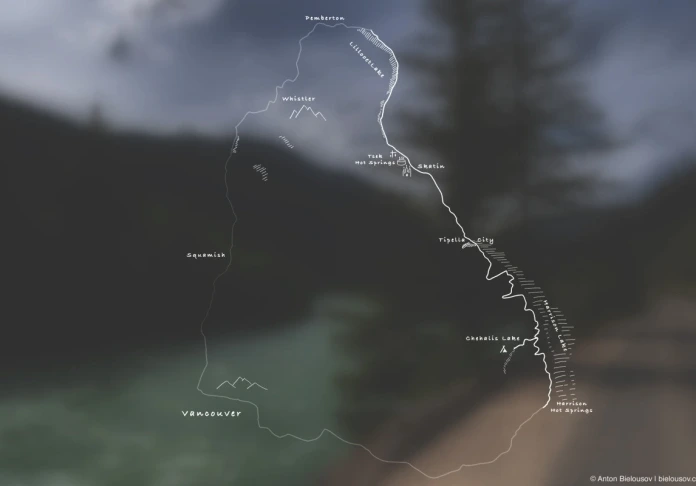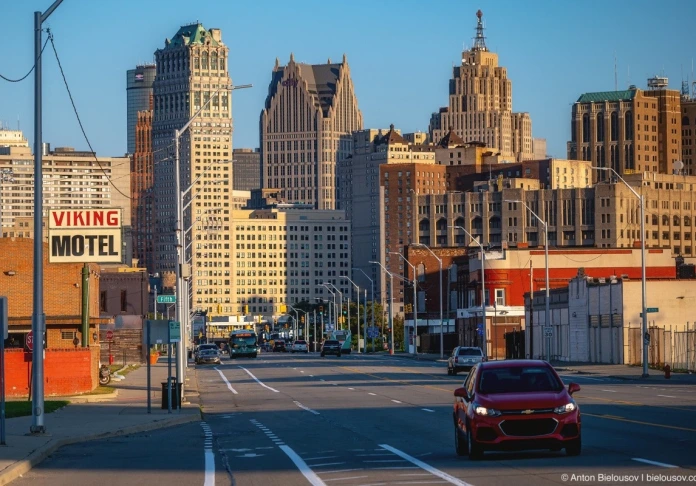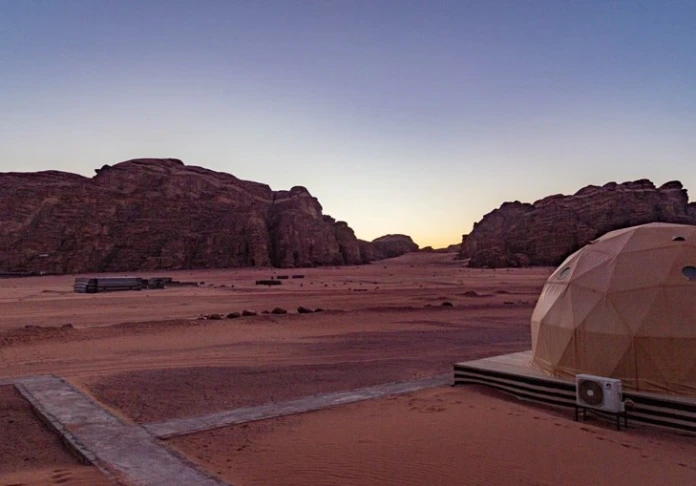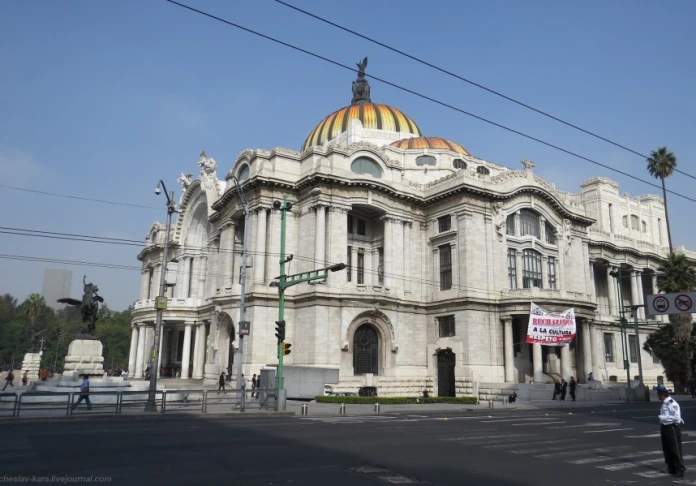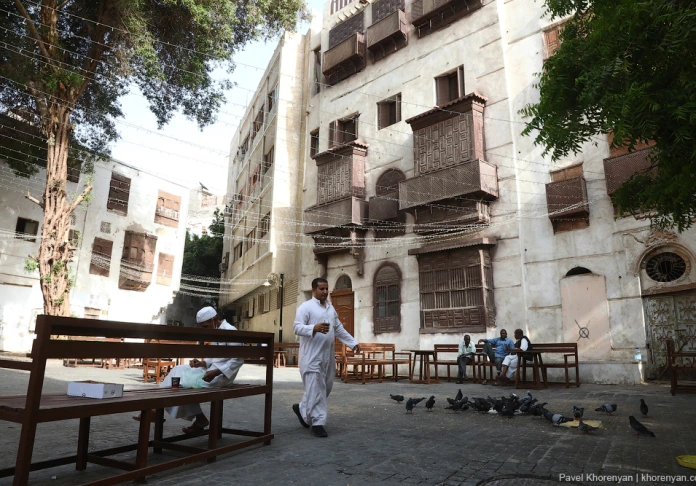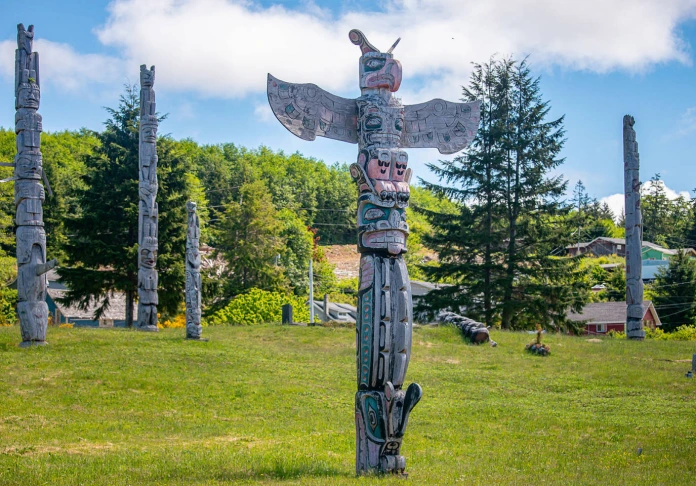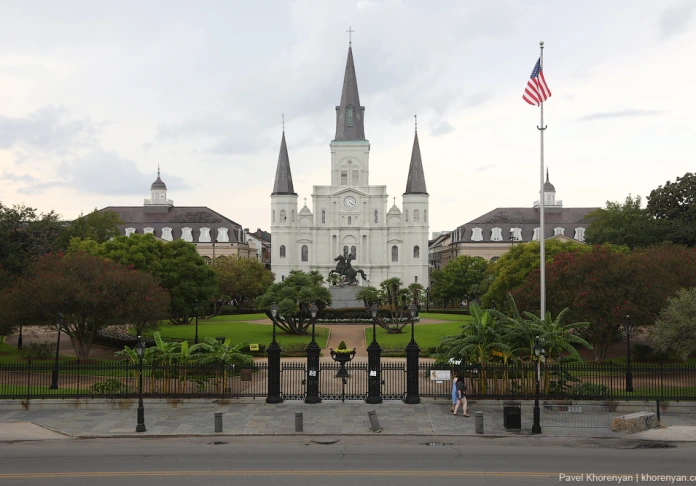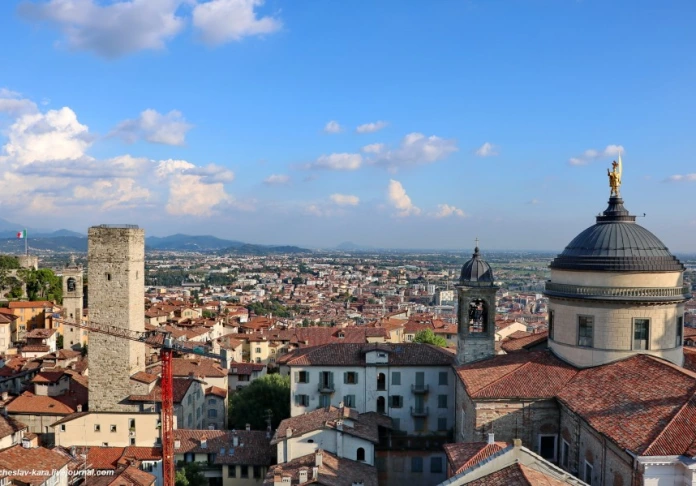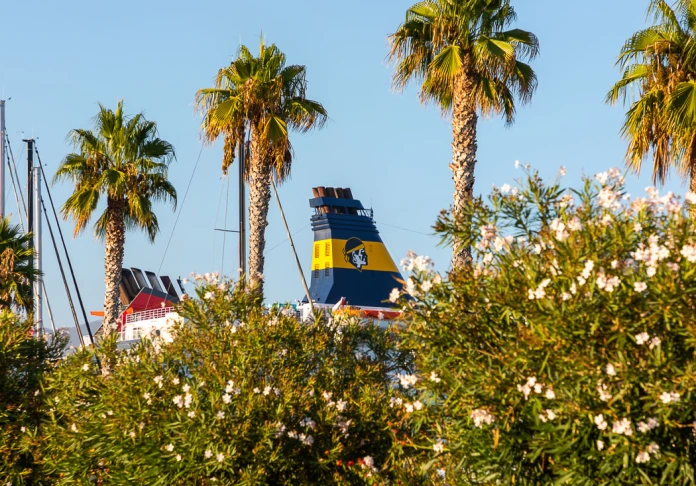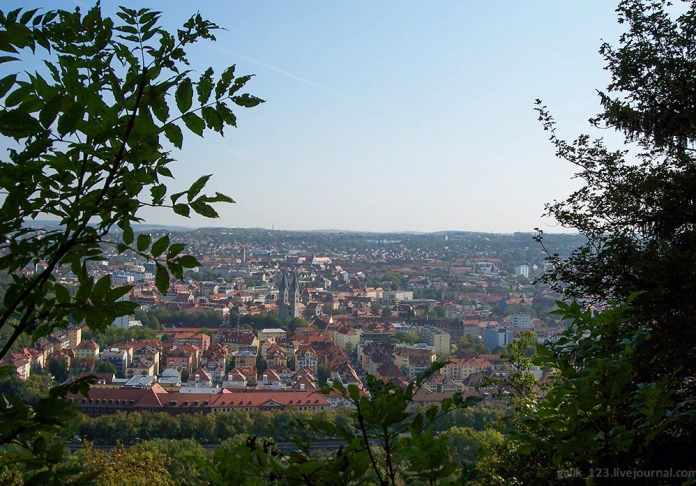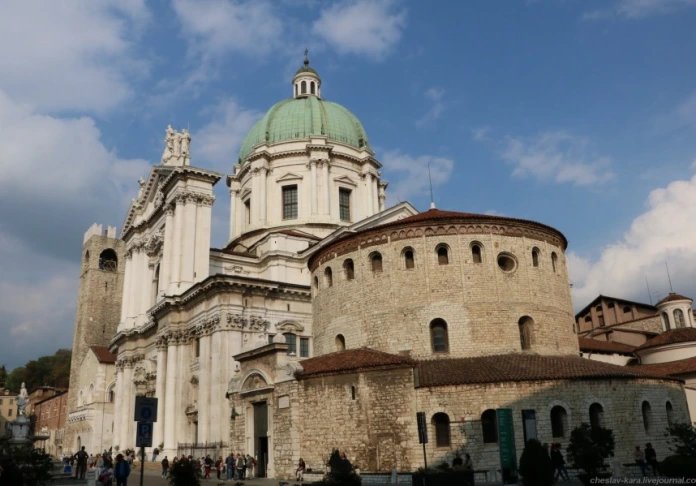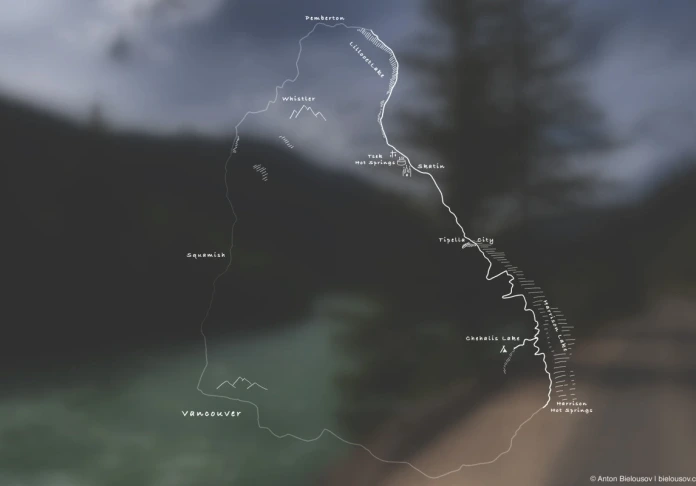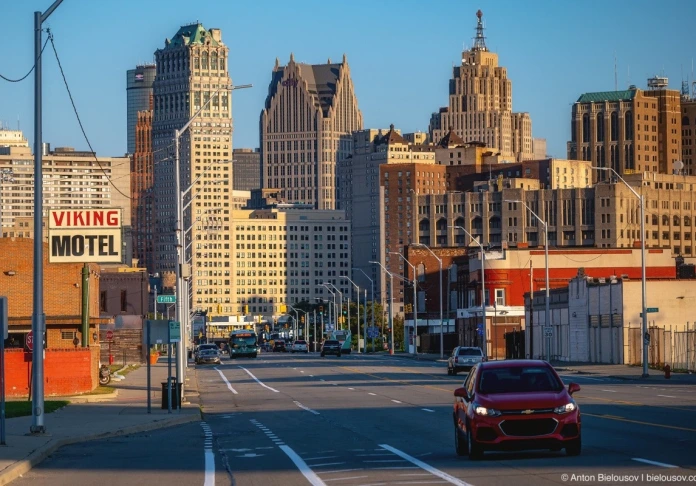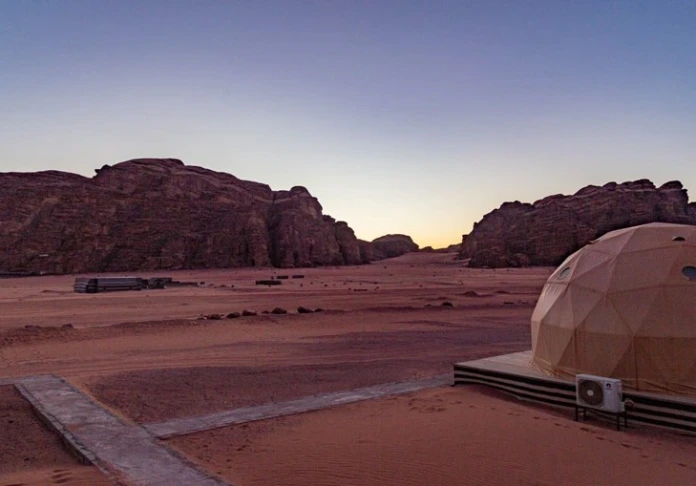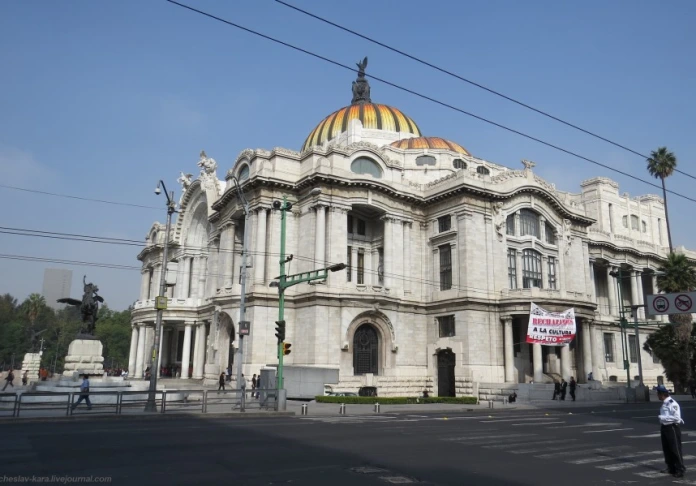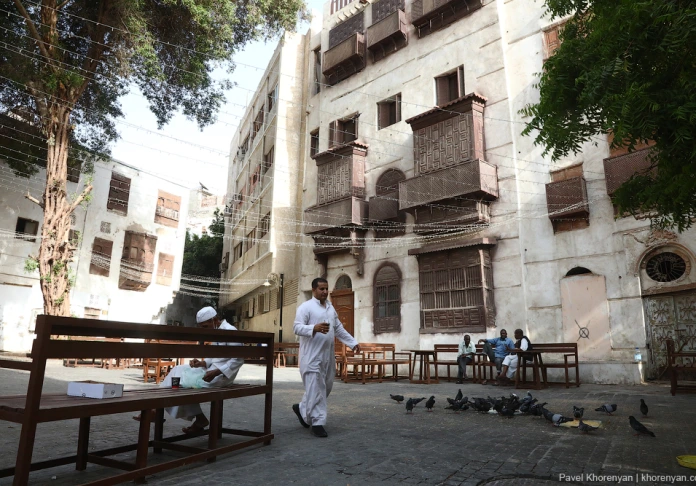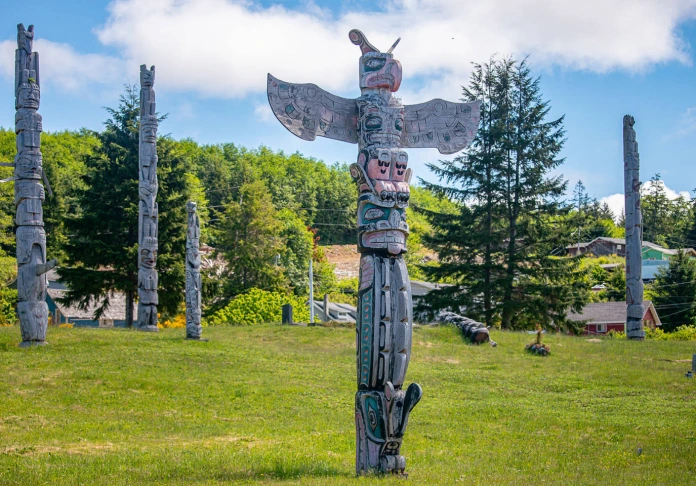All countries
The Five Nations of the Lillooet River Route
14/04/2025
Impressed by the northern lights the previous night, the very next evening I was hoping to catch another one, this time outside the city, while also finally reaching the end of the road along the western shore of Harrison Lake – all the way to Pemberton, and finally putting together a complete report on this remarkable route. It’s remarkable because you never know what you’ll see — fossils, a city that doesn’t exist, an abandoned church, several old Indigenous cemeteries. And of course, mountains, lakes, waterfalls, all of that. So let’s deflate the tires and hit the road!
Detroit
31/03/2025
If you had asked me last year where in the USA I would most like to visit, I would have answered that if we’re talking about a state, it would probably be Alaska, and if a city, it would undoubtedly be Detroit. Why Detroit and not, say, New York, Washington, San Francisco, or Los Angeles?
Powell River Hulks
31/03/2025
I've been writing about ships quite often lately—might as well get myself a boat. But unlike the last post, this time we'll talk not so much about ships as about the town of Powell River and one of its rather interesting landmarks. The town itself, with 13,000 residents (16,000 including surrounding areas), cannot be called a tourist destination.
The Dunes of Arrakis and the Martian Chronicles of the Wadi Rum Desert
27/03/2025
Each desert, despite the common denominator (well, it's a desert!), is unique and inimitable. Each desert differs in climate, color and shape of sand, vegetation, configuration of dunes, presence (or absence) of mountains and rocks, and finally, simply atmosphere.
Columbia Basin
10/06/2024
I remember the first time I saw the steeps of Columbia when we drove to Yellowstone avoiding the main highway - it was amazing! The coastal mountains familiar to us were replaced by fields, and suddenly out of nowhere steep cliffs with orderly rows of basalt pillars grew around something that, with a stretch, could be called a canyon several kilometers wide. A few minutes - and again there are only fields around.
Then I said, “Wow, what was that?! We will definitely need to come back here!” However, around the same time in Wuhan, a Chinese man was going to the market to buy some rice and a couple of bats, and then you know.
Mexico City - the city of the eagle and the cactus
10/06/2024
The capital of Mexico, Mexico City is one of the most populated in the world. Now about 9 million people live in it. within the legal boundaries of the city and over 21 million - within the urban agglomeration (9th place in the world). It was built on the site of the Aztec Tenochtitlan, which at one time was also one of the largest cities (up to 500 thousand inhabitants, it is believed). But little is left of those days. Modern Mexico City is a combination of Spanish colonial architecture, art deco style, glass skyscrapers and numerous poor neighborhoods on the outskirts.
Saudi Arabia
10/06/2024
Saudi Arabia today and Saudi Arabia three years ago are different countries. Prince Mohammed bin Salman, who came to power, decided that it was time to change and carried out a bunch of reforms. It used to be very difficult to get a visa here, but today it's as easy as shelling pears - you pay a fee and in a couple of minutes you get an e-visa via the Internet.
The island of Finnish socialists and itchy killer whales
10/06/2024
Malcolm Island is a small island in the north of Vancouver Island, where you need to get two ferries and drive a little more than 400 km. I probably would never have found out about its existence if my wife hadn’t been making fun of it on social networks.
Indian island Cormorant
10/06/2024
A few miles off the western coast of mainland Canada, on the north side of Vancouver Island is the small Cormorant Island, where Native American culture is still alive and well. True, no one calls him that - everyone calls him by the name of his only settlement, which occupies almost the entire area - Alert Bay.
Okanagan Lake Valley
10/06/2024
Mid-spring 2021, the eighteenth wave of coronavirus and the associated severe restrictions on travel in the province with roadblocks and the cancellation of ferries (this was not even in 2020) found us in the Northern Okanagan - having traveled pretty much the south of the valley, I suddenly realized that I had a very vague idea about her north. And here, for a minute, is the town of Vernon, which has been repeatedly named one of the most desirable places to live in retirement in Canada.
New Orleans
10/06/2024
I first became fascinated with New Orleans when I watched James Bond's Live And Let Die (1973) as a child. Then there was the film Angel Heart (1987) and the game Gabriel Knight. I decided that I would definitely find myself here someday. I was attracted by the stormy mishmash of cultures and the atmosphere of an eternal holiday. And I must say that New Orleans did not disappoint me, even though it was half-empty, half-closed, and it was not possible to fully experience the atmosphere of this place.
Bergamo is the city above
10/06/2024
The city of Bergamo is located in the north of Italy, in the foothills of the Alps, 40 km northeast of Milan. The city is average by Italian standards - 120 thousand inhabitants. It has an interesting topographic feature - it is clearly divided into two parts: the Upper (Citta Alta) and the Lower City (Citta Bassa). The lower part is larger and more modern. But the historical center with the main attractions is located at the top, on a high hill surrounded by fortress walls of the 16th century.
Corsica: Napoleon, Ajaccio
10/06/2024
Napoleon was born in Ajaccio 3 months after France trampled on the independent Corsican Republic. Of course, Poles and residents of the United States claim that it was theirs that had the first constitution, but this is not so: the first constitution of the modern era was in Corsica, 40 years earlier.
One day in Würzburg
10/06/2024
The old town of Würzburg is located on the flat bank of the Main River in Lower Franconia. The city is quite ancient, the first mention of a settlement in these places dates back to 704. Until that time, the Celts lived here. The majority of tourists are Americans, fans of the wine traditions of Franconia and lovers of the Baroque. The main attraction is the Würzburg Palace, which is one of the three most magnificent palaces in Europe, along with the French Versailles and Vienna's Schönbrunn.
Brescia is a city and a fortress.
10/06/2024
The city of Brescia is located in northern Italy, in the foothills of the Alps, roughly halfway between Milan and Verona. It is not as popular in terms of tourism as its famous neighbors, but there are many sights and ancient monuments preserved here, so a walk in Brescia is like a journey through time - from one historical era to another.

